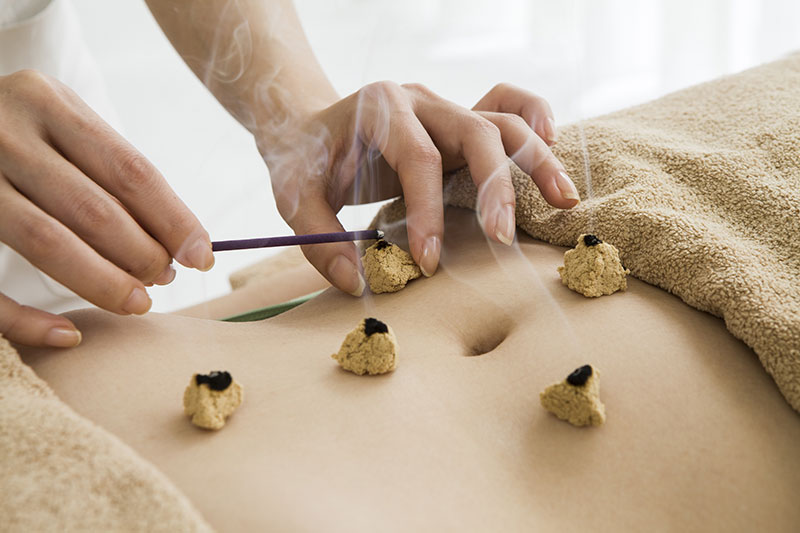Ayama translates to “having control.” This method of relaxation trains the body and mind to relax both physically and mentally. Prana translates to “vital energy” of the body. Both of these ideas together are essential for well-being and inner peace.
Pranayama is a breathing method which aims to clear the physical and emotional barriers in our body and mind, enabling us to free the breath and feel the flow of prana, vital energy.
The benefits of pranayama include
- A healthier brain
- Lower blood pressure
- Fewer cravings
- Better sleep
- Stronger lungs
Often times, pranayama is coupled with yoga, creating a sense of cohesivity between body and mind. When practicing pranayama, you control the timing, frequency, and duration of every breath. Some examples of different breathing techniques used in pranayama include alternate nostril breathing, bellows breath, and victorious breath.
Pranayama has been shown to decrease stress, increase mindfulness, improve sleep quality, improve lung function, and reduce high blood pressure. In terms of cognitive function, the deep breathing that occurs during pranayama calms the nervous system. It improves physical health because it increases oxygen intake which provides energy to your vital organs. When these organs are energized, our bodies are able to heal more effectively.
The goal of pranayama is to strengthen mind and body connection, which can be achieved during deep breathing exercise, often paired with yoga. If you’re new to pranayama, try joining a yoga class or a professional to help you get started.





